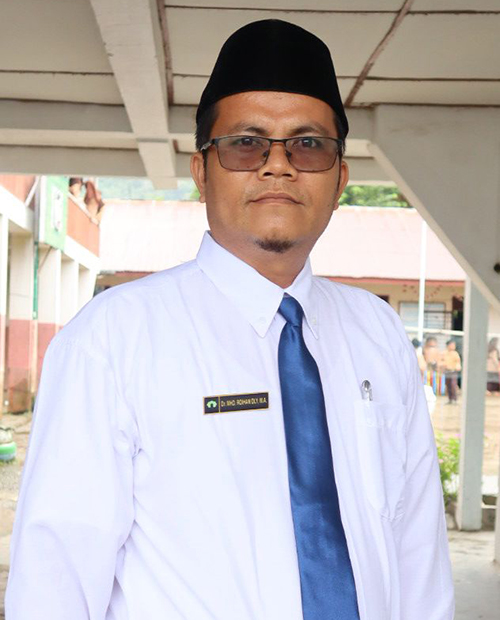Improvement of Painting with Finger Painting in Group A RA Muslimat NU Mafatihul Huda School 2018/2019
Keywords:
finger painting, learning mediaAbstract
: The learning results of group A children in the 2nd semester of RA Muslimat NU Mafatihul Huda have not shown good scores, because they have not met the set score standard of 70. The researcher finally found a solution by using image examples as the goal of describing learning to draw or paint. The research site at RA Muslimat NU Mafatihul Huda in the 2022/2023 academic year, In April 2019. This research goes through two cycles, with the stages of planning, implementation, observation and data collection, and reflection. The results of the study were analyzed by qualitative and quantitative analysis. The results of the study showed that there was an increase. The average pre-cycle score was only 9.5, cycle 1 increased to 33.3 and cycle 2 to 42.8. In the activities of teachers and children starting from Priklus, cycle 1 and cycle 2, there has been an increase. In pre-cycle teachers, the score was 27 (67.5%), cycle 1 increased to 34 (85%), and cycle 2 became 38 (95%). The conclusion of this study is that using learning examples with pictures in drawing or painting activities can actively involve children in the learning procesReferences
IGAK, Wardani. (2012). Penelitian Tindakan Kelompok. Tangerang Selatan: Universitas Terbuka.
Kurniati, D., & Rahmawati, Y. (2010). Strategi Pengembangan Kreativitas pada Anak. Jakarta: Kencana Prenada Media Grup.
Montolalu, B.E.F., dkk. (2011). Bermain dan Permainan Anak. Jakarta: Universitas Terbuka.
Pamadhi, H., & Sukardi. (2010). Seni Keterampilan Anak. Jakarta: Universitas Terbuka.
Pekerti, Widia, dkk. (2012). Metode Pengembangan Seni. Tangerang Selatan: Universitas Terbuka.
Winataputra, Udin S. (2011). Teori Belajar dan Pembelajaran. Jakarta: Universitas Terbuka.
Santrock, J.W. (2011). Educational Psychology. New York: McGraw-Hill.
Vygotsky, L.S. (1978). Mind in Society: The Development of Higher Psychological Processes. Cambridge: Harvard University Press.
Piaget, J. (1964). Development and Learning. Journal of Research in Science Teaching, 2(3), 176-186.
Hurlock, E.B. (1993). Perkembangan Anak. Jakarta: Erlangga.
Sujiono, Y.N., & Sujiono, B. (2010). Konsep Dasar Pendidikan Anak Usia Dini. Jakarta: PT Indeks.
Arikunto, S. (2012). Prosedur Penelitian Suatu Pendekatan Praktik. Jakarta: Rineka Cipta.
Sudjana, N. (2005). Metode Statistika. Bandung: Tarsito.
Slameto. (2010). Belajar dan Faktor-Faktor yang Mempengaruhinya. Jakarta: Rineka Cipta.
Muhibbin, S. (2003). Psikologi Pendidikan. Jakarta: PT RajaGrafindo Persada.
Depdiknas. (2003). Kurikulum 2004: Standar Kompetensi Mata Pelajaran Seni Rupa. Jakarta: Departemen Pendidikan Nasional.
Semiawan, C. (2010). Memacu Kreativitas Anak Melalui Seni. Jakarta: Grasindo.
Isbell, R., & Raines, S. (2013). Creativity and the Arts with Young Children. Belmont: Cengage Learning.
Gardner, H. (1993). Frames of Mind: The Theory of Multiple Intelligences. New York: Basic Books.
Leoniya. (2012). Meningkatkan Kreativitas Menggambar/Melukis Anak TK. Diakses dari: http://leoniya.wordpress.com/2012/07/04/meningkatkan-kreativitas-menggambar/melukis-anak-tk/ pada 28 Maret 2019 pukul 15:05.
Downloads
Published
How to Cite
Issue
Section
License

This work is licensed under a Creative Commons Attribution-ShareAlike 4.0 International License.









